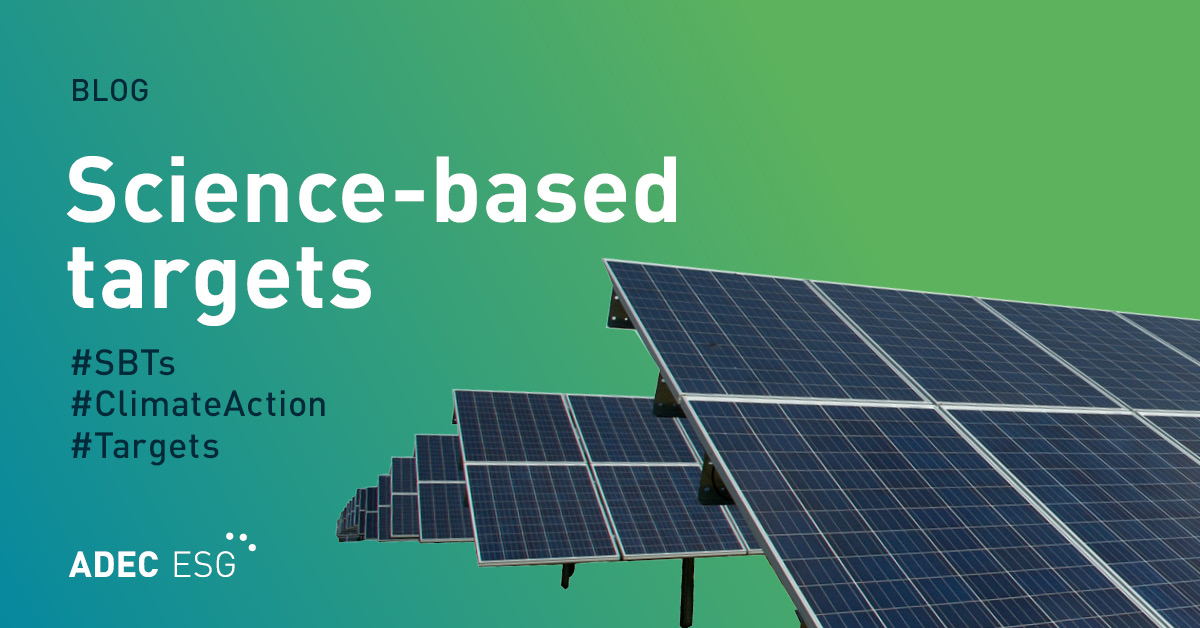Greenhouse gas (GHG) inventories are lists of emission sources and their associated emissions quantified following standardized methodologies. These inventories are essential tools used by various organizations for reasons including:
- Managing GHG emissions
- Identifying reduction potentials
- Engaging in voluntary or mandatory GHG programs
- Participating in GHG markets
- Achieving recognition for early voluntary actions
This article will explore the essentials of GHG inventories and their pivotal role in climate action.
The basics of GHG inventories
GHG inventories are comprehensive databases that quantify and track emissions of GHGs from various sources. They encompass emissions from energy production, transportation, industrial processes, agriculture, waste management, land-use changes, and so on. Emission data are collected, processed, and analyzed to provide a clear picture of your carbon footprint.
Key components of a GHG inventory
GHG inventories consist of three primary components:
Scope 1 Emissions: These are direct emissions from sources that are owned or controlled by an entity, such as emissions from combustion in company-owned vehicles or on-site industrial processes.
Scope 2 Emissions: Indirect emissions associated with the generation of purchased electricity, heat, steam, or cooling consumed by the reporting entity. These are important for understanding a company’s energy use.
Scope 3 Emissions: Indirect emissions resulting from activities from assets outside of the reporting organization’s operating control but connected through its value chain. The GHG Protocol defines fifteen categories of scope 3 emissions including eight upstream and seven downstream categories. Scope 3 emissions often represent the majority of an organization’s GHG emissions.
GHG protocols and standards
To ensure consistency and accuracy, GHG inventories should follow internationally recognized protocols and standards. One of the most widely used is the Greenhouse Gas Protocol, developed by the World Resources Institute (WRI) and the World Business Council for Sustainable Development (WBCSD), which is a global standard for GHG emissions accounting.
The GHG inventory development process
1. Defining inventory scope
The initial stage of GHG inventory development is also its most critical: the clear definition of the inventory’s scope and boundaries. The scope outlines what will be included in the inventory, determining factors such as the geographic area, the specific timeframe, baseline, and sources and sinks of greenhouse gases to be considered. Boundaries can range in size, from national inventories that cover an entire country’s emissions to sector-specific inventories that focus on particular industries, as well as organization-level inventories that examine an individual company’s emissions.
When determining the scope of your inventory, consider setting both organizational and operational boundaries. Organizational boundaries define which operations—entities and assets—to include in your GHG inventory. For example, which facilities will you include, or which companies within a parent company?
How do you decide your organizational boundaries? There are three approaches to consolidation, under the GHG Protocol:
- Equity share: The organization assigns GHG emission to operations based on the operations’ share of equity.
- Financial control: The reporting organization accounts for all GHG emissions over which it has financial control.
- Operational control: The reporting organization accounts for all GHG emissions over which it has operational control.
Next, operational boundaries define which emission sources to include and how to categorize those emissions. Will you account only for scopes 1 and 2, or will you include relevant scope 3 categories in your inventory?
Careful consideration of these boundaries ensures that the inventory captures a comprehensive picture of emissions, aiding in the formulation of targeted climate action strategies. At this initial stage, it’s also important to consider which GHG accounting standards and methods the GHG inventories should follow.
2. Data collection and emissions calculations
In this step of the GHG inventory development process, organizations identify the data needed and the preferred methods for data collection. Different emission sources may have unique data requirements, and these might involve measurement requirements and records, utility bills, fuel records, and maintenance logs. Accurate data collection begins with a clear understanding of these needs and methods.
To maintain consistency and accuracy, organizations should consider establishing data collection procedures, tools, and guidelines. These resources help standardize data collection by providing clear instructions and formats. Additionally, guidance materials are often distributed to data contributors to facilitate the process, ensuring that data is accurately and consistently gathered. Data collected from various sources is compiled and subjected to thorough review. This review process detects outliers, inconsistencies, or potential errors, ensuring data integrity.
In cases of missing or incomplete data, estimations may be made to provide a more complete emissions picture. These estimations often rely on statistical methods, historical data, or industry benchmarks to ensure as much precision as possible while maintaining transparency. All assumptions and estimations relevant to calculation should be clearly documented and disclosed. Some protocols or regulatory requirements have standards on how to address missing data and/or emissions estimations and should be followed accordingly when reporting to those protocols or regulatory bodies.
Selecting the right emissions factors is also vital for accurate emissions calculations. Emissions factors specify the amount of greenhouse gases emitted per unit of activity. Once chosen, data is multiplied by these factors to calculate emissions.
Accurate emissions calculations are the cornerstone of a reliable GHG inventory, offering a clear view of an organization’s environmental impact and enabling the development of targeted mitigation strategies. After the initial calculations are completed, inventories should undergo QA/QC processes which involve detailed review of data to identify any errors, inconsistencies, or gaps. Organizations should consider calculating year-over-year emission and usage changes and investigate significant fluctuations.
3. Data reporting and documentation
The next stage focuses on compiling the emissions data, verifying its accuracy, and preparing it for reporting. Organizations create standardized reports that document the emissions data, data collection procedures, calculation methodologies, and references. This documentation is essential for transparency, quality assurance, and stakeholder communication.
In some cases, organizations choose to undergo third-party verification to validate the emissions data and the processes used to collect and calculate it. Verification adds an extra layer of credibility to the GHG inventory, making it more reliable for future analyses and decision-making. Verification is also required by some voluntary and regulatory reporting bodies. It is important to understand what is required for your industry sector or regulating body. Learn more about verification and levels of assurance in Growing Trends: Greenhouse Gas Emission Verification.
4. Setting a GHG emission reduction target
Following the completion of GHG data reporting, the next step is to consider setting a GHG emission reduction target and establishing a robust framework for tracking progress on that target. This step is instrumental in demonstrating your commitment to addressing climate change and sustainability effectively. Targets—including stricter science-based targets like those approved by the SBTi—also play a huge role in CDP disclosure and other ESG reporting frameworks.
Data accuracy and completeness are paramount in setting meaningful reduction targets. Why? Your data provides the baseline against which progress will be measured. It serves as the bedrock for understanding your organization’s environmental impact and gives you the information you need to craft targets that are relevant, achievable, and aligned with the standards and regulations that your company strives toward.
Key takeaways
Once a strictly voluntary part of ESG strategy and reporting, developing a GHG inventory is becoming a necessary part of ESG data management for many global organizations. Regulations—such as the proposed SEC ruling and the recently-passed CSRD—in the U.S., the European Union, and other regions now require or aim to require qualifying companies to report on scope 1, and 2, and 3 emissions. For companies not yet managing their GHG emissions data, getting started with reporting soon will offer a head-start before reporting becomes mandatory.
Development of a greenhouse gas inventory is a systematic and data-driven process that serves as the cornerstone of effective climate action. These inventories provide essential insights into an organization’s environmental impacts, enabling stakeholders to make informed decisions and set goals that align with international standards. From setting the inventory’s boundaries and meticulously collecting emissions data to ensuring data accuracy and setting reduction targets, each step is an integral part of your Sustainability Journey. Through these careful processes, GHG inventories contribute significantly to our collective efforts to reduce emissions, mitigate climate change, and build a more sustainable and resilient future.
ADEC ESG Solutions is a leading provider of sustainability solutions, including fully-integrated industry expertise, software solutions, and data management. Click here to learn more about how our team can help you track and manage GHG data, set targets, and integrate emission reduction goals into your strategy.




